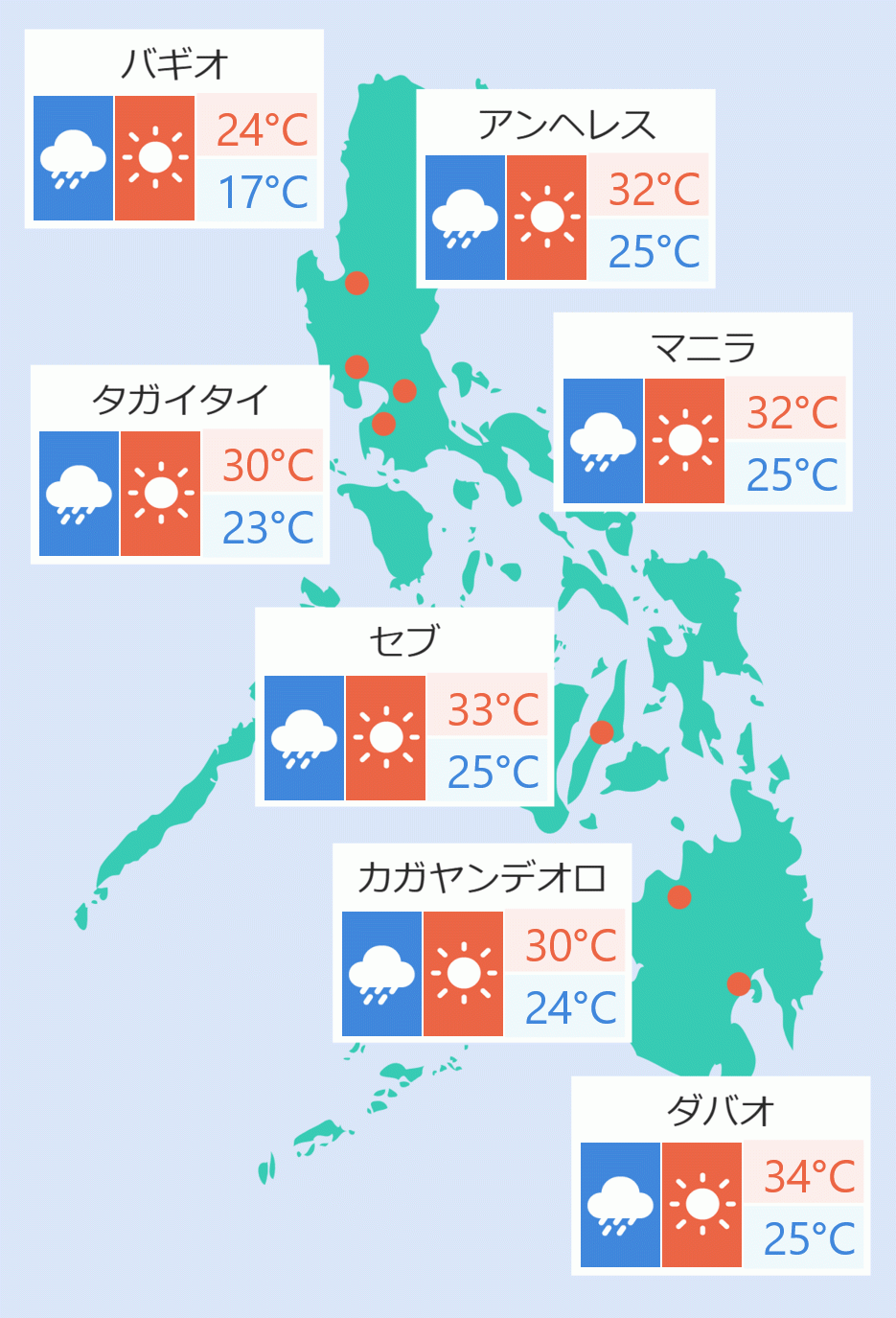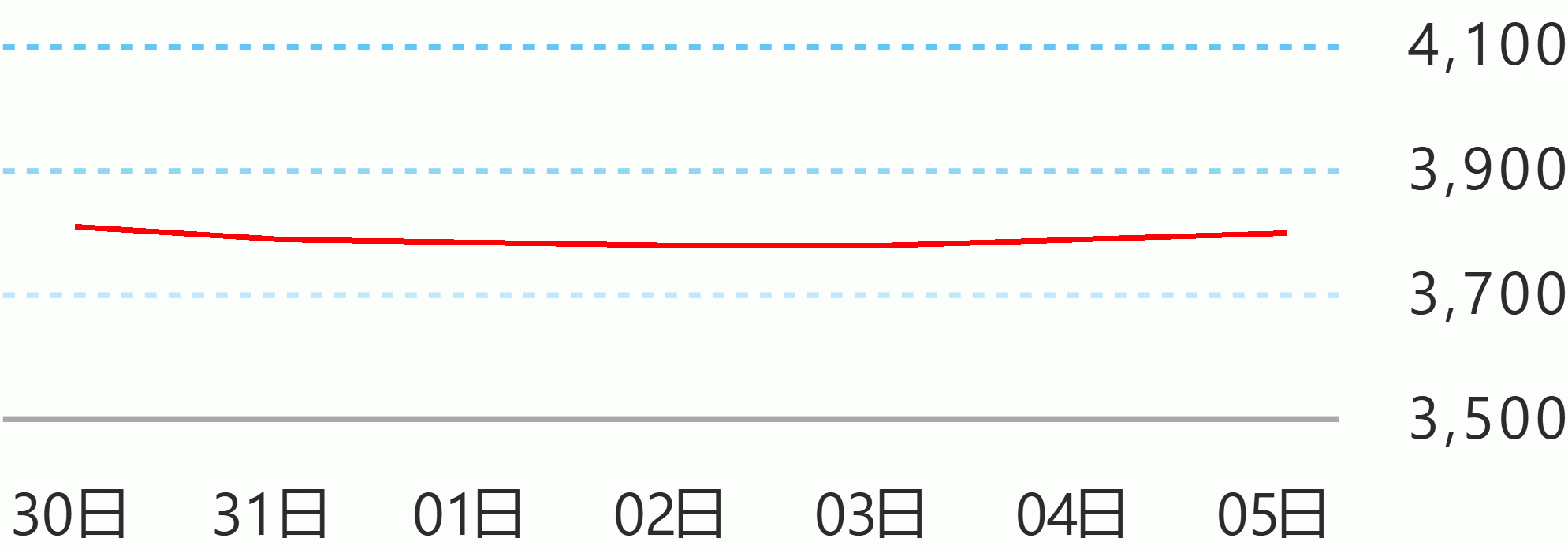Although COVID-19 cases in the country remain low, a medical health expert warned the public of a possible surge that may be caused by a new variant identified in Thailand in three months.
"Yes, there is still a possibility of surge and that is like our cycle for the past. Every three months, it seems that our cases are increasing. So its like January-February, so we are really due for another surge or outbreak," National Task Force (NTF) on COVID-19 Special Adviser Dr. Ted Herbosa said during the ''Laging Handa'' virtual public briefing on Saturday.
"I think it is hard to relax. I am cautiously optimistic that the surge will not come back because of the high vaccination rate in Metro Manila but it is still possible ( it will return) in other parts of the country," he said.
Herbosa reiterated that the new COVID-19 sub-variant called Omicron XE is "ten times more transmissible than Omicron" that was experienced early this year. It had been detected in Thailand.
But Herbosa said the government has not detected any Omicron XE variant.
"Just think of the Omicron and then it is ten times more infectious than that. So far our Philippine Genome Center has not yet identified Omicron XE here. We are worried because it was identified in Thailand, which is just three hours flight away from the Philippines," Herbosa said.
"The pandemic is not yet over. It is still here and in fact in other countries, the cases are increasing. So it is very important to understand that two doses of vaccines are not enough. There is really a need to get a booster," he added.
Guido David, OCTA Research fellow, said although there is a possibility of another surge in the country, it can still be avoided if the public will strictly follow health protocols.
"It is just a possibility. It doesn't mean that it will surely happen. We can prevent that if we will be careful and will continue to follow the health protocols," he said.
David said there are "upticks" monitored in some areas of the country but these areas remain at low risk.
" In Central Luzon, we saw an uptick. In Northern Mindanao but again, it remains at very low risk. So we do not cascade this information because it is still very low risk. We do not want to have a false alarm," he said. Robina Asido/DMS





 English
English









